Optimal Timing for Hardwood Scratch Repairs
Timing plays a crucial role in achieving optimal results for hardwood scratch repairs. Performing repairs during periods of stable indoor humidity and temperature ensures the wood's surface is less prone to expansion or contraction, which can affect the adhesion and longevity of repair materials. Typically, the best time is when indoor conditions are consistent, usually in moderate weather months, avoiding extreme cold or heat.
Spring and fall are ideal for hardwood scratch repairs due to moderate humidity and temperature levels, reducing the risk of wood movement.
Repairing during high humidity can cause wood to swell, making scratches more difficult to fix effectively and increasing the risk of future damage.
Waiting until indoor conditions stabilize after construction or renovation projects ensures better adhesion and finish quality.
Scheduling repairs during periods of lower foot traffic minimizes disruption and allows for proper curing of repair materials.
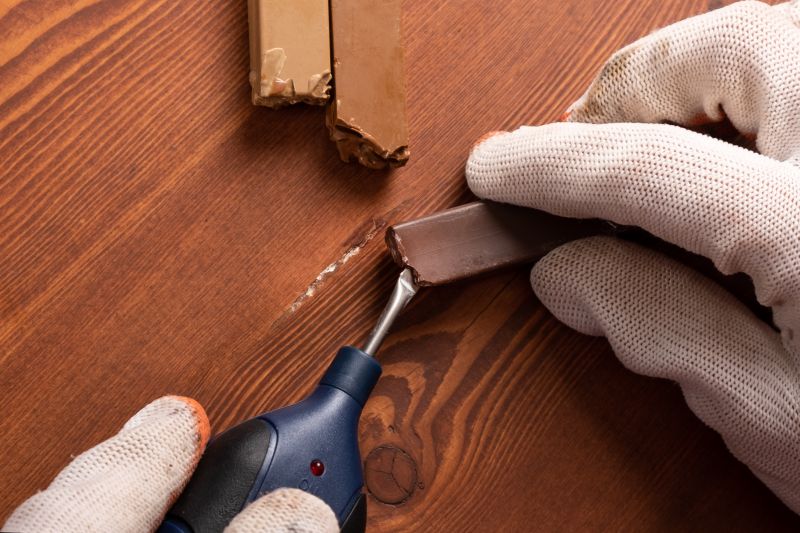
Preparing for repairs in spring ensures stable conditions for effective scratch fixing.

Avoid repairs during winter when indoor humidity levels fluctuate significantly.

Waiting for climate stabilization after renovations improves repair outcomes.
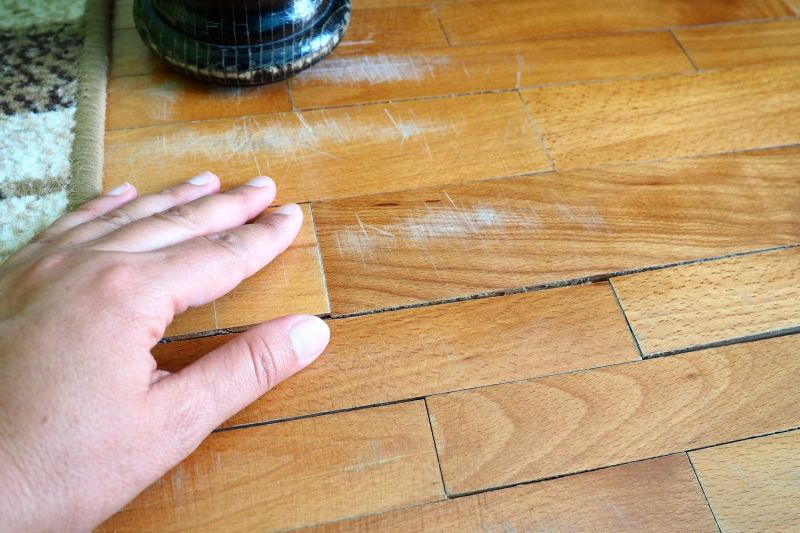
Scheduling repairs during low-traffic times minimizes disturbance and enhances curing.

Ways to make Hardwood Scratch Repairs work in tight or awkward layouts.

Popular materials for Hardwood Scratch Repairs and why they hold up over time.
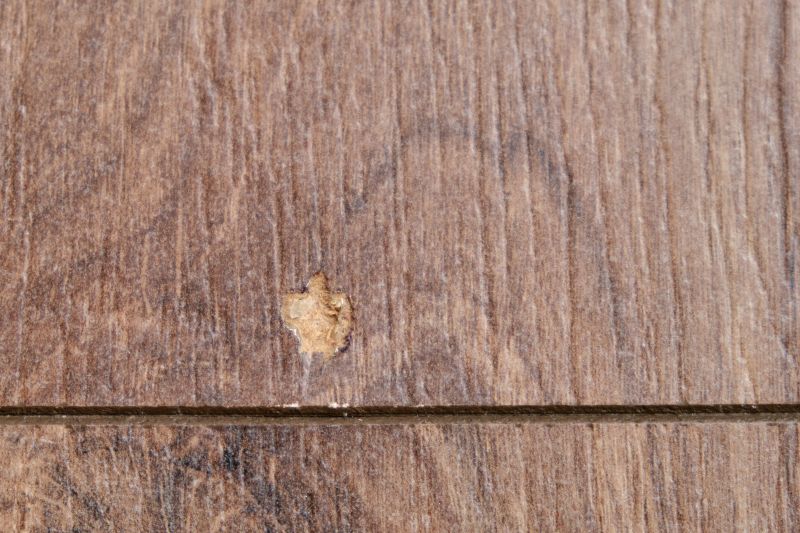
Simple add-ons that improve Hardwood Scratch Repairs without blowing the budget.

High-end options that actually feel worth it for Hardwood Scratch Repairs.
| Timing Factors | Recommendations |
|---|---|
| Seasonal Conditions | Perform repairs during spring or fall for stable humidity. |
| Post-Construction | Allow space to stabilize before repairing. |
| High Traffic | Schedule during low-traffic periods for best results. |
| Climate Stability | Ensure consistent indoor conditions before starting. |
| Humidity Levels | Maintain relative humidity between 35-55% during repairs. |
Hardwood scratch repairs involve assessing the depth and extent of the damage to determine the most appropriate repair method. Techniques range from surface touch-ups using fillers and markers to more involved procedures like sanding and refinishing. Proper timing ensures the repair materials adhere correctly and cure properly, resulting in seamless restoration. Accurate color matching and surface preparation are essential for achieving a natural look.
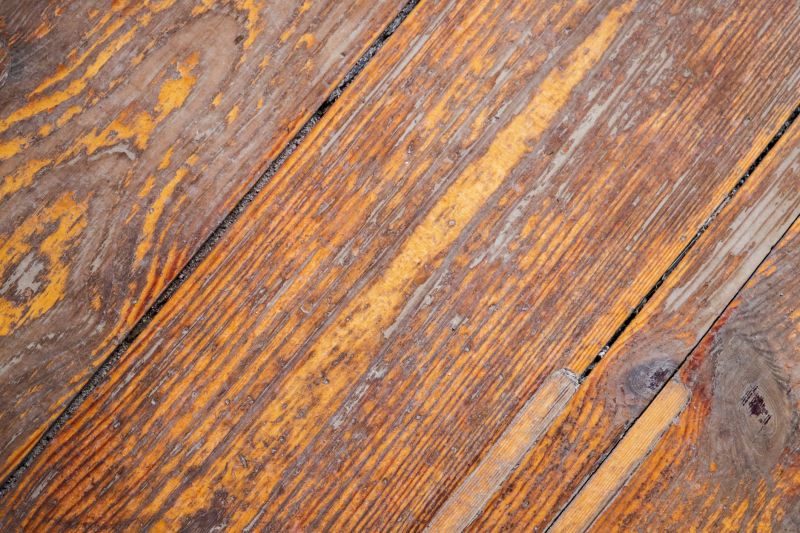
Proper timing enhances adhesion and finish quality during scratch repairs.
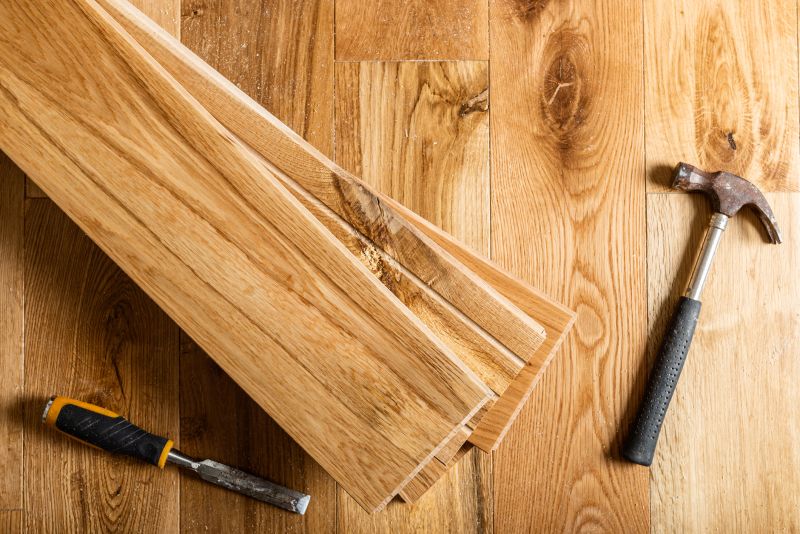
Timely repairs restore the appearance and integrity of hardwood flooring.
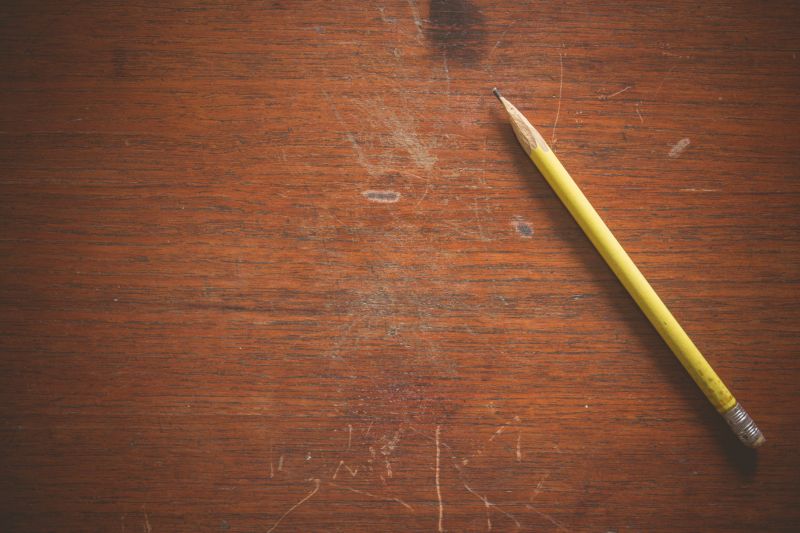
Using the right tools at optimal times ensures durable repairs.

Properly timed repairs blend seamlessly with existing flooring.
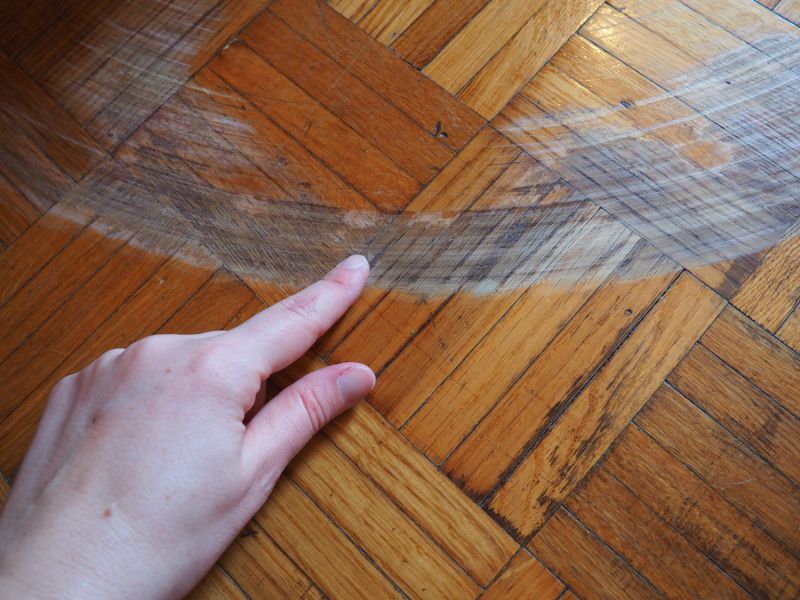
Finishes and colors that play nicely with Hardwood Scratch Repairs.
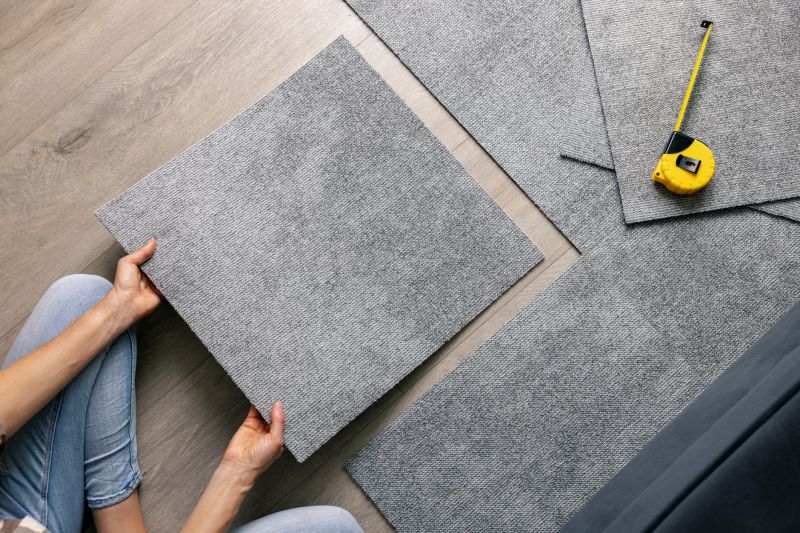
Little measurements that prevent headaches on Hardwood Scratch Repairs day.

A 60-second routine that keeps Hardwood Scratch Repairs looking new.
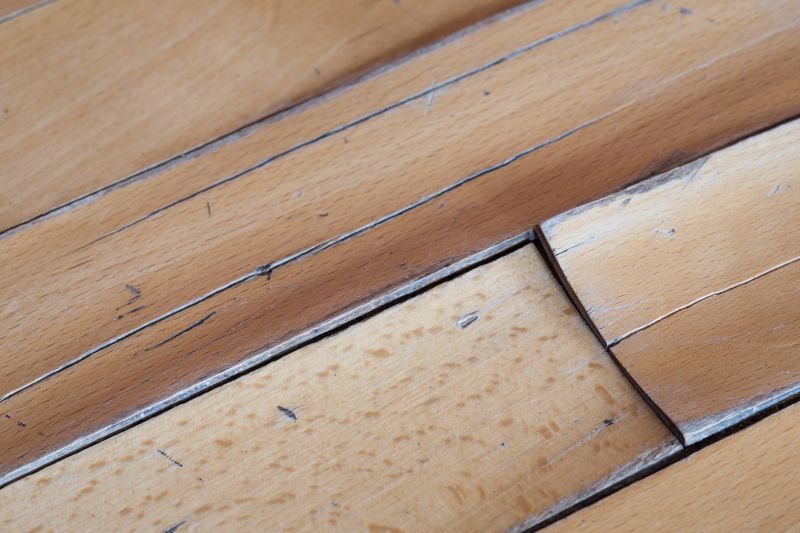
A frequent mistake in Hardwood Scratch Repairs and how to dodge it.
Interested in hardwood scratch repairs? Filling out the contact form can provide additional guidance and scheduling options to ensure repairs are performed at the most suitable time for optimal results.



